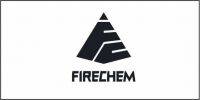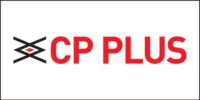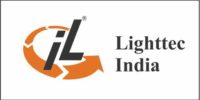 Response to the escalating importance of workplace safety, this study delves into the effectiveness of Virtual Reality (VR) training as a transformative approach to instill and refine Personal Protective Equipment (PPE) skills. The immersive capabilities of VR offer a promising avenue for experiential learning, particularly in mastering the intricate art of donning and doffing PPE. The research sets out to discern the impact of VR in terms of skill acquisition, knowledge retention, and overall effectiveness, positioning itself within the broader context of modern training methodologies.
Response to the escalating importance of workplace safety, this study delves into the effectiveness of Virtual Reality (VR) training as a transformative approach to instill and refine Personal Protective Equipment (PPE) skills. The immersive capabilities of VR offer a promising avenue for experiential learning, particularly in mastering the intricate art of donning and doffing PPE. The research sets out to discern the impact of VR in terms of skill acquisition, knowledge retention, and overall effectiveness, positioning itself within the broader context of modern training methodologies.
Introduction: Against the backdrop of an evolving industrial landscape where safety is paramount, the introduction emphasizes the critical role of proper PPE usage. It introduces VR as a cutting-edge educational tool poised to revolutionize traditional training paradigms, providing a glimpse into the potential of immersive, scenario-based learning for PPE skills.
Objectives: The study’s objectives are delineated, articulating a clear focus on assessing how VR can contribute to the acquisition and enhancement of PPE skills. The specific skills targeted, such as the intricate processes of donning and doffing, are highlighted, providing a roadmap for the ensuing investigation.
Literature Review: A comprehensive review of the existing literature contextualizes the study within the broader landscape of VR applications in training. Drawing comparisons between traditional training methods and VR, the review emphasizes engagement levels, knowledge transfer, and skill acquisition as pivotal aspects shaping the discourse.
Methodology: The methodology section meticulously outlines the study design, encompassing both experimental and control groups. The creation of VR simulation scenarios tailored to PPE training is detailed. Additionally, the section elucidates the multifaceted approach to data collection, incorporating pre and post-training assessments, surveys, and qualitative feedback to ensure a holistic understanding of the impact.
Results: Presented in a systematic manner, the results section unveils the findings related to skill acquisition, knowledge retention, and participant satisfaction. Through statistical analyses and participant narratives, the section elucidates the differential impact of VR compared to traditional training methodologies.
Discussion: The discussion segment interprets the results through the lens of the research objectives, scrutinizing any discernible disparities between VR and conventional training outcomes. Delving into the broader implications for safety training, this section explores the potential transformative effects of VR in honing PPE skills.
Limitations: Transparently acknowledging the study’s limitations, this section addresses any constraints, such as sample size or potential biases, providing a nuanced perspective on the study’s scope.
Recommendations for Future Research: Looking forward, the study suggests promising avenues for future research, considering the dynamic nature of VR technology and its evolving applications in training scenarios.
In the research encapsulates its key findings and underscores the potential benefits of integrating VR into safety training programs. Serving as a catalyst for informed decision-making, this study seeks to propel the discourse on modernizing educational approaches for the mastery of critical PPE skills in diverse industrial settings.























































